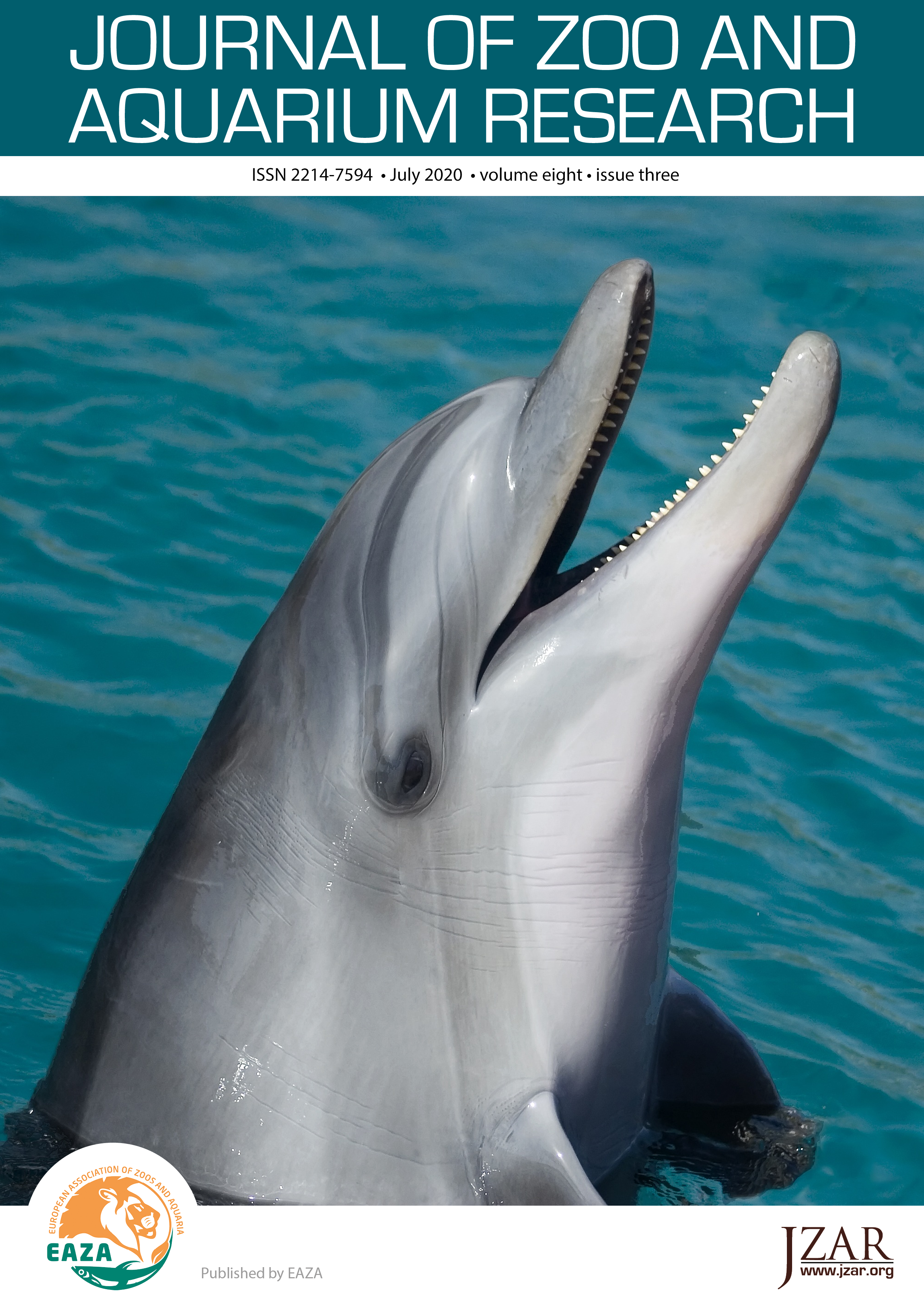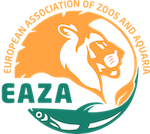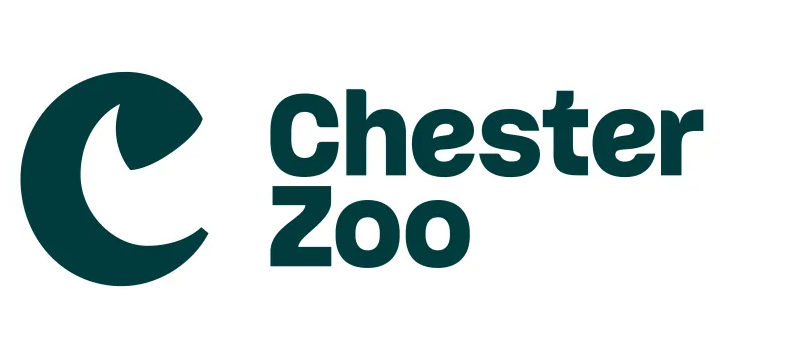A comparative study of nightly allonursing behaviour in four zoo-housed groups of giraffes (Giraffa camelopardalis)
DOI:
https://doi.org/10.19227/jzar.v8i3.508Keywords:
allosuckling, group housing, zoo animalAbstract
In the wild, giraffes Giraffa camelopardis have a pronounced and complex social structure, which is characterised, for instance, by the joint rearing of calves. Allomaternal behaviour results in the formation of nursery groups and the suckling of non-filial calves. Despite externally determined group size and composition, this behaviour has also been observed in zoological institutions. It is believed that this study is the first to focus on the nocturnal allomaternal behaviour of four giraffe herds in three German and one Dutch zoos. Using video recordings of 30 individuals over 12 nights, all allonursing events were analysed using the continuous behaviour sampling method. Substantial differences were observed among the four zoos in the frequency and nightly course of allonursing behaviour. In all zoos, allonursing occurred in roughly two periods during the night, which were highly variable in length according to the zoo. A combination of the nocturnal activity, group persistency and group size seems to drive allonursing behaviour in the analysed giraffe groups. Additionally, the composition of allosuckling calves is zoo-specific and includes two to three animals. The results show that allomaternal behaviour in the observed zoos can rather be explained with the milk-theft-hypothesis than with the theories of misdirected-care or reciprocity. Overall, the study showed that nocturnal group-housing of giraffes of various ages enables allonursing and therefore complements natural behaviour by the formation of nursery groups.
Downloads
Published
How to Cite
Issue
Section
License
JZAR fulfils the DOAJ definition of open access and provides free and open access to the full text of all content without delay under a Creative Commons licence. The copyright holder of JZAR publications grants usage rights to third parties, allowing for immediate free access to the work and permitting any user to read, download, copy, distribute, print, search, or link to the full texts of articles.







